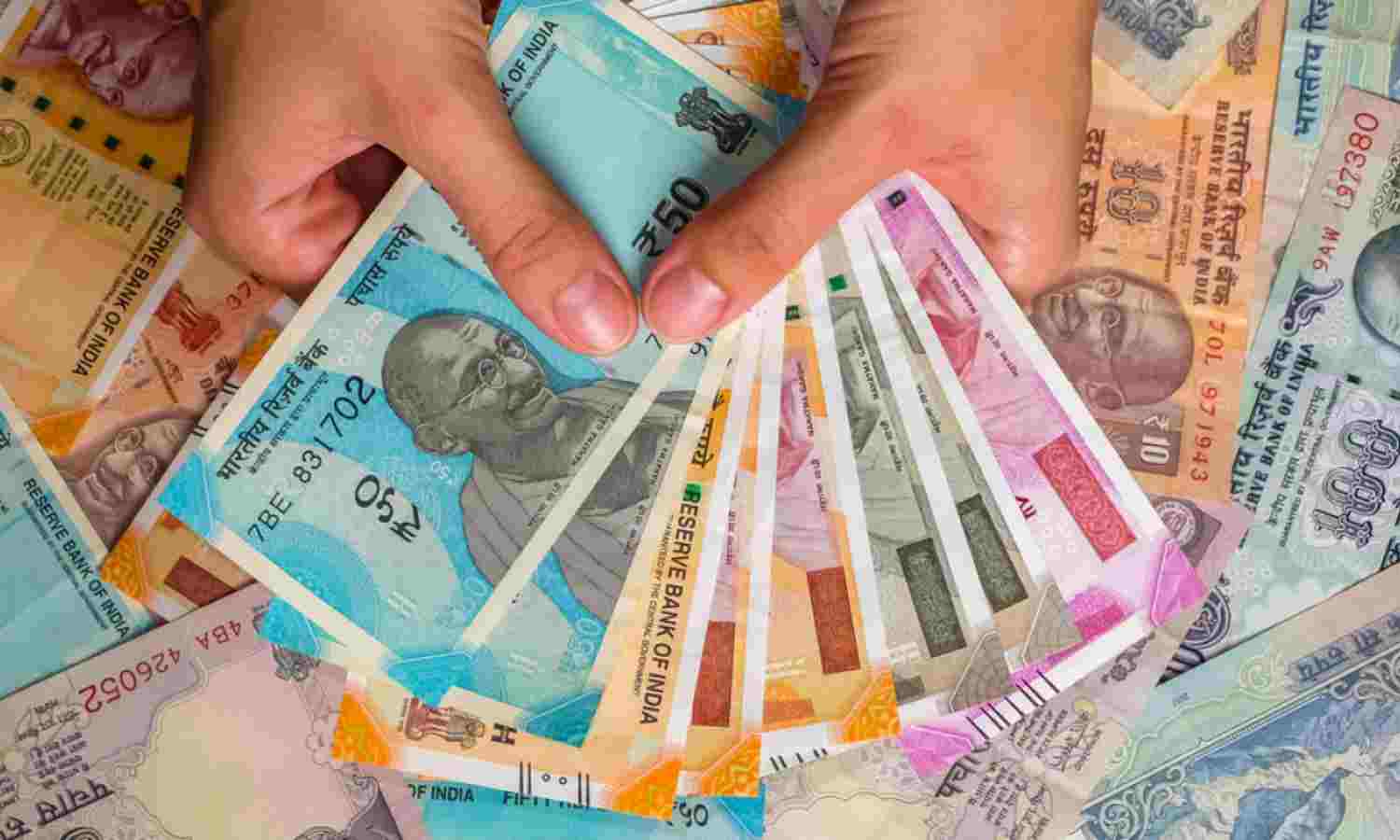New Delhi: The Indian rupee ended an 11-week losing trend thanks to Reserve Bank of India intervention when it breached the 80-per-dollar threshold.
The partially convertible rupee closed at 79.8550, slightly higher than both last Friday’s finish of 79.8775 and Thursday’s close of 79.9450.
The central bank has zero tolerance for the rupee’s erratic and volatile movements and will keep interacting with the foreign exchange market to make sure the rupee settles at the proper level, Shaktikanta Das the governor of India’s central bank said.
The rupee, on Tuesday, hit a record low of 80.0650, although significant dollar sales by state-run banks on behalf of the RBI have helped to contain further losses in the currency, according to dealers.
Indian bond yields decreased slightly on Friday, following the decline in their American counterparts after the European Central Bank (ECB) raised interest rates more than anticipated, reviving concerns about a potential global recession.
The benchmark 10-year bond yield for India closed at 7.41%, down from Thursday’s close of 7.44%. The 10-year yield decreased by 2 basis points during the week.
As a result of weak economic data and the ECB’s first interest rate increase in 11 years, U.S. Treasury rates declined on Thursday, with the benchmark 10-year note trading below 2.9 percent.
Due to conflicting global triggers and the impending monetary policy review in early August, traders reported that Indian bond yields have been trading in a tight band.
Despite recent indications that inflation may have peaked, DBS stated in a note that it was premature to ease up on inflation because a previous RBI study had shown that a 5 percent decline in the value of the rupee relative to their baseline projection could drive inflation higher by roughly 20 basis points and vice versa.
According to the monetary policy report that was released in April, the RBI’s base rupee prediction was at 76 to the dollar.
“This also explains the central bank’s preference to anchor the exchange rate so as not to aggravate supply-side price pressures,” Radhika Rao, an economist with DBS said.
DBS now anticipates the RBI to raise the key rate by 35 basis points in August as opposed to 50 bps previously.
